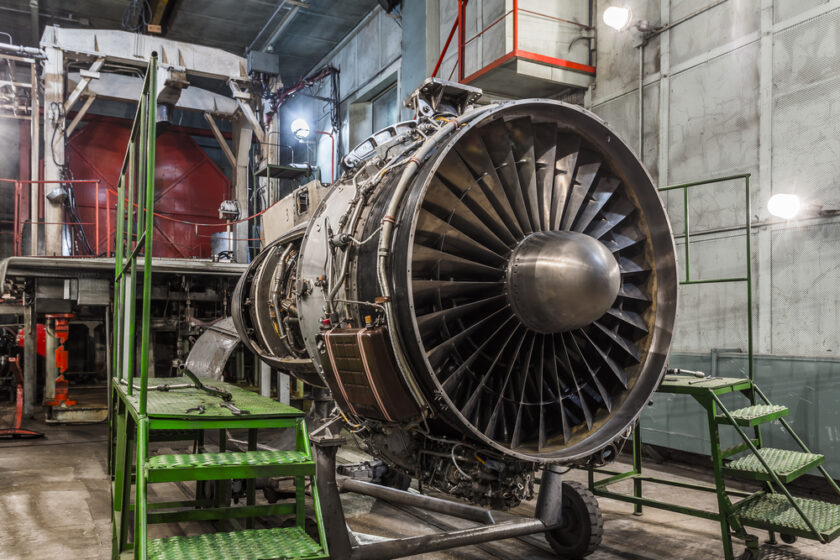Aerospace Industry and Engineering Outsourcing
The aerospace industry has not been spared from the roll out of outsourcing – particularly engineering outsourcing. There is already an understanding on the value that this type of outsourcing can bring to the industry. Despite the concerns in security, regulation, and challenge from strong internal cultures, it cannot be denied that outsourcing can increase performance while keeping cost structure manageable. What is the impact of engineering outsourcing in the aerospace industry?
Outsourcing Solutions
The outsourcing solutions for the aerospace industry is not entirely new. Some have been around as early as two decades ago, which means that outsourcing providers have considerable skill and deep understanding of the industry. By far, engineering outsourcing does not only relate to a reduction of labor costs, but more importantly, it helps to achieve higher performance in non-core areas.
Outsourcing also helps to free up resources so that high value activities receive greater focus. It can also translate to improved management focus, access to high quality technology, improved workforce skills, and standardized processes among others.
A good example of engineering outsourcing solutions is the historic feat of Boeing for the 787. The company did not use its pool of aircraft engineers and mechanics, but rather it went with a team of international engineers and suppliers from Japan, France, Italy, Australia, the United States, and other places for its components. All of which were assembled by Boeing workers in the United States.
According to the company, the outside partnership made the aircraft project possible. Despite the need for some tweaking, it cannot be denied that the involvement of international suppliers is significant. This can be seen through the development and understanding of technologies as well as options that were needed to keep the project moving. The partner suppliers made their own design and manufacturing including providing funding.
Dealing with Complications
There is no denying that the process of building an aircraft is rather complicated; at least in comparison to other commonly outsourced tasks. You will need the best engineers working together with skilled builders. It is also essential that they perform their tasks not only in close proximity, but sans the cultural barriers and bureaucratic issues as well.
Outsourcing has a way of dealing with such complications that concerns about borders and language barriers rarely become an issue. In the case of Boeing, large sections of its plane was built in four different countries and then brought together for assembly in another country.
The increased quantity of work exceeds the traditional borders because of the shared risks and costs necessary to come up with the best aircraft that is comparatively lighter than what is in the air today. This venture is motivated by the desire to save on fuel among others, something that outsourcing has made possible by overcoming technological challenges.
Reliance on foreign partners to increase engineering skills may have an impact on the internal culture of companies like Boeing, but, in the context of coming up with better aircrafts, it becomes necessary to adapt to a few changes.
Companies need to make sure that core competencies are never outsourced. Why? Because this is what gives the organization value.
Moving to Engineering Outsourcing
Is there a right time to start engineering outsourcing in the aerospace industry? Just like any other industry, the decision to outsource may be dictated by internal factors. For example, company mergers may prompt management to outsource some areas of operation where former key personalities have been retrenched. This gives the merged companies the same level or greater technical skills at a fraction of the cost it would take to retain technical positions.
Sometimes the shifting priorities of the company would be the determining factor in deciding to outsource. A player in the aerospace industry may decide that outsourcing can lead to engineering dominance that will result in long-term profits.
Relocation is another factor that can push companies to outsource. If the company moves to a new location where the labor workforce is not as skilled or uncooperative, then the option to outsource may be put on the table.
The number of projects that the company is handling is another determinant whether engineering outsourcing is called for. Rather than stretch the skills and capabilities of its workforce, outsourcing provides the solution to increase efficiency and meet deadlines without stressing the workforce or over extending the budget while keeping with the project timeline.
Exploring new technologies that will increase the efficiency of aircrafts and deliver better services to customers can also move companies to outsource. Bringing back the case of Boeing, working on a new model as a response to the demands of airlines to increase fuel efficiency, it began looking into the use of carbon-composite structure that would help create lighter aircrafts. This would result in 20% less fuel consumption than the aluminum crafts currently in use.
Maintaining Control
Although companies in the aerospace industry may decide to outsource, this does not mean that it would lose control over the production process. Companies may choose to outsource the manufacturing or the wing design for example, but it can still maintain control by overseeing the production process.
Essentially, partnering through outsourcing is intended to bring higher standards into the company in terms of performance, safety, and product quality. Although the company may lose out in learning new skills, the tradeoff is that it can come out with better performing aircrafts using newer designs and technology.
The selection process for the outsource partner is critical to ensure that there will be no delays in the production process. It will also ensure that the outsource company would be always available whenever its expertise would be needed. This would make moving to outsourcing worth the investment.
Judging the Result
Much like any feat of engineering, determining whether the decision to outsource is correct or not lies on the final product. An aircraft that promises a smoother, quieter, and more comfortable ride would surely excite frequent flyers.
On the other hand, when the promise of fuel efficiency is realized, airlines would definitely be jubilant. In both instances, engineering outsourcing can be considered a success. Going back to the case of Boeing, despite the challenges and hiccups in its decision to use international suppliers, manufacturers, and partners, it can still be considered a success because of the record number of orders that it received for an aircraft that remains in the developmental stage.
This is proof that engineering outsourcing in the aerospace industry can work with the right partners, adequate planning, and commitment.


